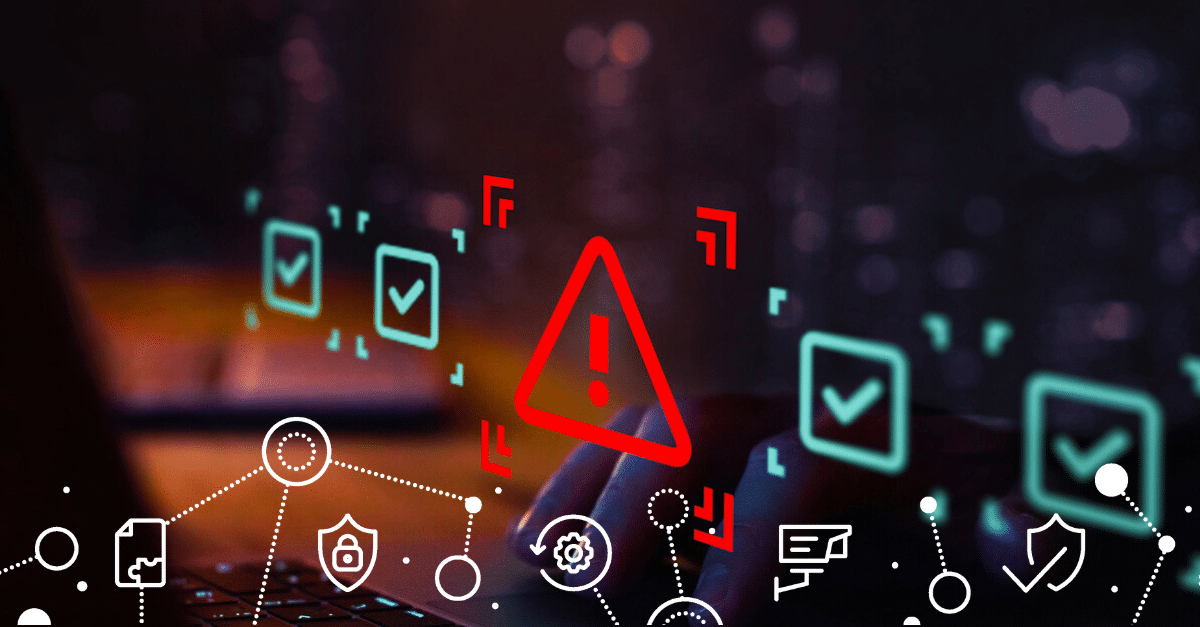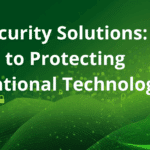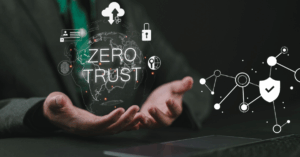Turning IoT Security Challenges into Strategic Wins with Risk Prioritization

Across nearly every industry vertical, technology has become a key component of business operations. As organizations mature their digital transformation strategies, they increasingly adopt Internet of Things (IoT) devices that connect the physical world to their enterprise IT environments. From security cameras to medical pumps, nearly every organization has IoT devices to improve various processes and outcomes.
Simultaneously, organizations have worked to manage IoT cybersecurity risks. Traditional IT endpoint security solutions often fail to address the unique risks associated with IoT devices. Traditional vulnerability scanners can take the devices offline, creating costly service availability issues. We’ve seen devices regularly flicker when an SNMP scan was (accidentally) run on a set of devices, prompting fears of a hack. Further, IoT devices lack the processing power and memory necessary for installing security applications, like anti-virus software.
For CISOs, balancing tight budgets against capital expenditure needs and increasing cybersecurity threats is an all-too-real challenge. As CISOs work with the rest of the senior leadership team, including their Chief Information Officers (CIOs) and Chief Financial Officers (CFOs), a robust risk prioritization process turns their IoT security into a strategic advantage.
Tight Budgets and Increased Cyber Threats
CISOs constantly navigate a delicate balancing act as they manage organizations’ cybersecurity risks, internal security staffing and tool resources, and organizational IT needs.
Cybersecurity Risks
Interconnected IT environments change the way CISOs view cybersecurity risk. According to the World Economic Forum’s Global Cybersecurity Outlook 2025 report, 72% of respondents reported a rise in cyber risks, while 54% of large organizations cited third-party risk management as a major challenge.
When viewing this through the lens of IoT, organizations face even more challenges. Each IoT device creates a new potential for unauthorized access to networks. However, most organizations struggle with:
- Identifying all IoT devices connected to networks
- Safely finding IoT vulnerabilities
- Managing IoT-specific risks
Cybersecurity Staffing and Tooling
While security risks continue to increase, CISOs need to find cost-effective ways to manage staffing and technology needs. For example, while recent research found that 73% of security leaders feel that identifying and closing security gaps is a key initiative for 2025, 54% cite budget constraints as an obstacle to achieving these objectives.
For CISOs, every security purchase or staffing hire needs to prove value beyond the security use case. As CISOs come under more scrutiny each year, they need to show how their programs add value to the business. They need to align their value with other business initiatives, like moving into new markets that have data protection compliance mandates.
Organizational IT Purchases
On top of this, organizations still need business-level technologies. While CISOs need to purchase security technologies that respond to new risks, like IoT cyber threats, CIOs need to respond to business needs. For example, while a security team needs to identify and mitigate IoT risk, the manufacturing floor may need to add pressure sensors, which can increase IoT cyber risk.
When CISOs can show how their purchases provide a benefit outside the security function, they are more likely to gain support from other leadership members.
Turning Risk Intelligence into Business Value
As mitigating cybersecurity risk becomes critical to operations and revenue, CISOs can gain buy-in from across the senior leadership team by mapping their needs to larger business objectives.
Security Program Performance with Metrics
Successful CISOs struggle to show the value that their programs provide. For many organizations, the lack of a data breach is simply business as usual. Trying to prove the value of something that doesn’t happen becomes a hypothetical argument.
In 2024, the average cost of a data breach was $4.88 million, a 10% year-over-year increase. While these numbers may feel scary to some leadership teams, others often take the “it didn’t happen, so it doesn’t matter” approach.
Leadership teams need to prove governance over their security programs to meet compliance requirements. To achieve these governance directives, CISOs should focus their IoT security initiatives on solutions that provide insights like:
- Device risk: the number and types of devices that have active vulnerabilities that could harm operations
- Network anomalies: any malicious or suspicious activity detected on the network.
- Number of vulnerabilities remediated: both the total number and the number of high-risk vulnerabilities fixed during a given period
- Risk modeling: pre-purchase and deployment simulations to identify the least risky configurations
Reduced Operational Costs with Automation
As CISOs struggle to balance staffing needs against restrictive budgets, solutions that automate time-consuming manual processes become more valuable to the organization. Organizations have long struggled with vulnerability management and remediation. In the State of Patch Management report for 2025, 99% of IT and security teams said that patching disrupts their work, and 77% said they need more than a week to deploy patches.
When you consider that testing a single patch can take anywhere from 5 to 10 hours, solutions that automate the process significantly reduce the operational costs associated with it. A CISO seeking to onboard an IoT security solution should incorporate the improved staff productivity arising from a platform that provides time-saving technical and documentation capabilities, like:
- A unified patching process so teams no longer have to worry about different manufacturer processes, enabling them to overcome the learning curve and deploy patches faster
- Insight into available firmware versions for documenting and tracking the current version on devices
- Management and tracking functions for gaining compliance insights to prove governance over patching
- Centralized password management for multiple IoT vendors’ products
Utilization Data and Risk Modeling for Procurement Planning
CISOs need to do more than simply prove that a solution mitigates cybersecurity risk. They need to evaluate how the technology extends beyond the security team to empower others within the organization.
Unlike traditional IT investments, IoT devices are often mobile, meaning that they often move across an organization’s offices or campus. An IoT solution that provides accurate, usage-based data can support larger organizational strategic decision-making around future purchases. For example, when trying to determine future investments, organizations can leverage utilization data to:
- Prevent loss and waste by monitoring device on/off data
- Define appropriate utilization targets by device to help make decisions about device procurement and retirements
- Set optimal usage goals based on expected utilization and trends over time
Additionally, when the organization decides that it needs to invest in new IoT devices, the IoT security solution can improve decision-making with risk simulations with:
- Simulated device configurations that include the least risk associated with a device before configuration and connection
- Insights into the most secure, active configurations to compare devices prior to purchasing them
- Potential risk reductions based on a set of remediation guidance steps
- Security costs arising from less safe versions of devices that require upgrades, configurations, or segmentation to reduce risk
Asimily: Cross-Functional Risk Prioritization Mapped to Strategic Business Value
As CISOs work to navigate budget constraints and increasing cyber risks, they need solutions that provide cross-functional benefits. Asimily’s purpose-built IoT risk management solution enables organizations to improve their security and gain insights into utilization metrics that allow for improved strategic capital planning.
With the Asimily platform, you get security insights derived from datasets that include EPSS (Exploit Prediction Scoring System), Software Bills of Material (SBOMs), Common Vulnerability and Exposure (CVE) lists, and analysis using the MITRE ATT&CK Framework. Our platform then suggests remediation strategies, including which vulnerabilities to prioritize patching and non-patching actions that help you lock down your devices.
Secure Every IoT Device.
Automatically.
Cyber threats move fast — so should you. Asimily gives instant inventory and smart, prioritized risk mitigation insights for every IoT, OT, and IoMT device — so you can take action before threats strike.




